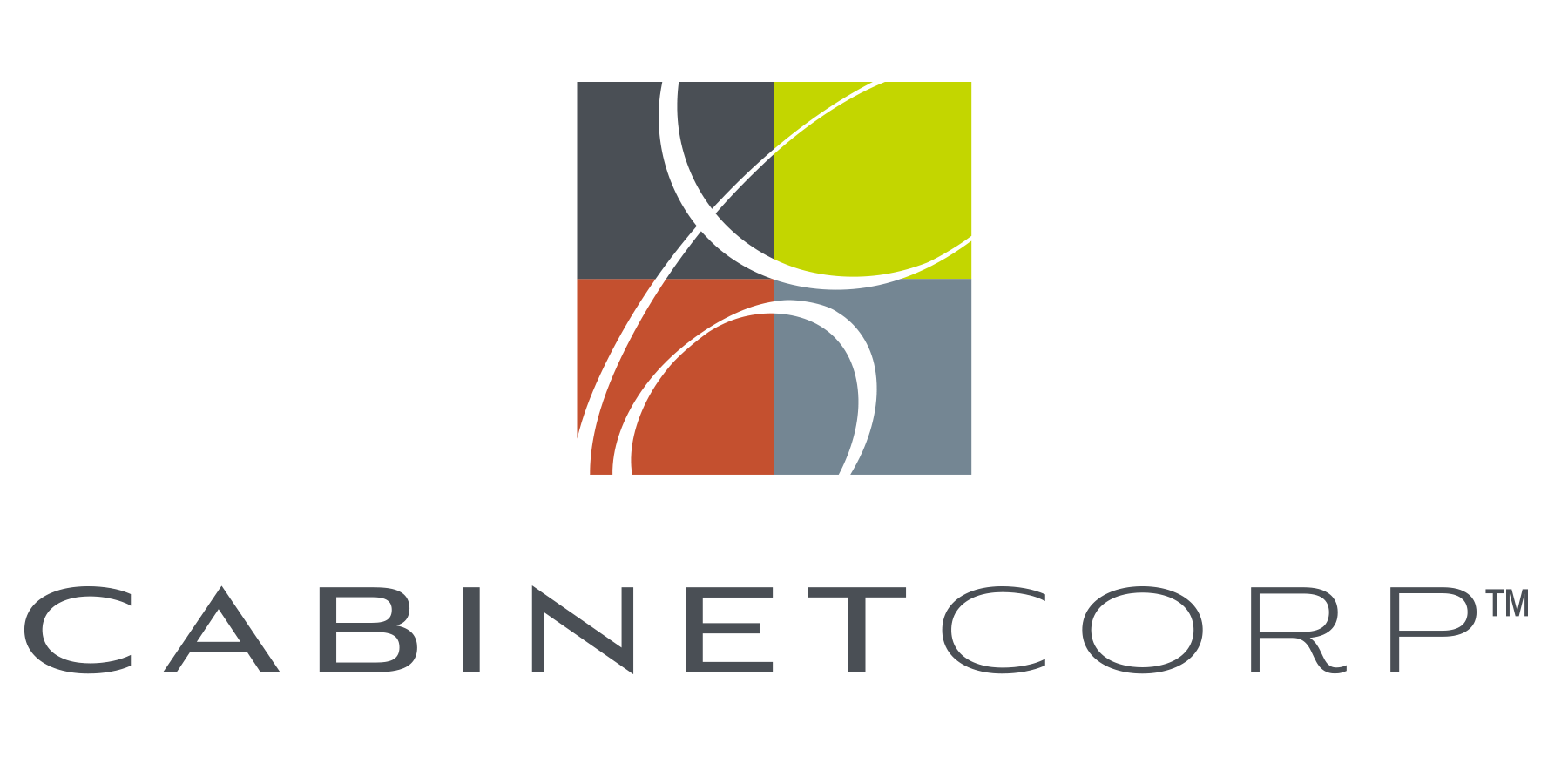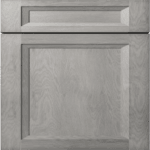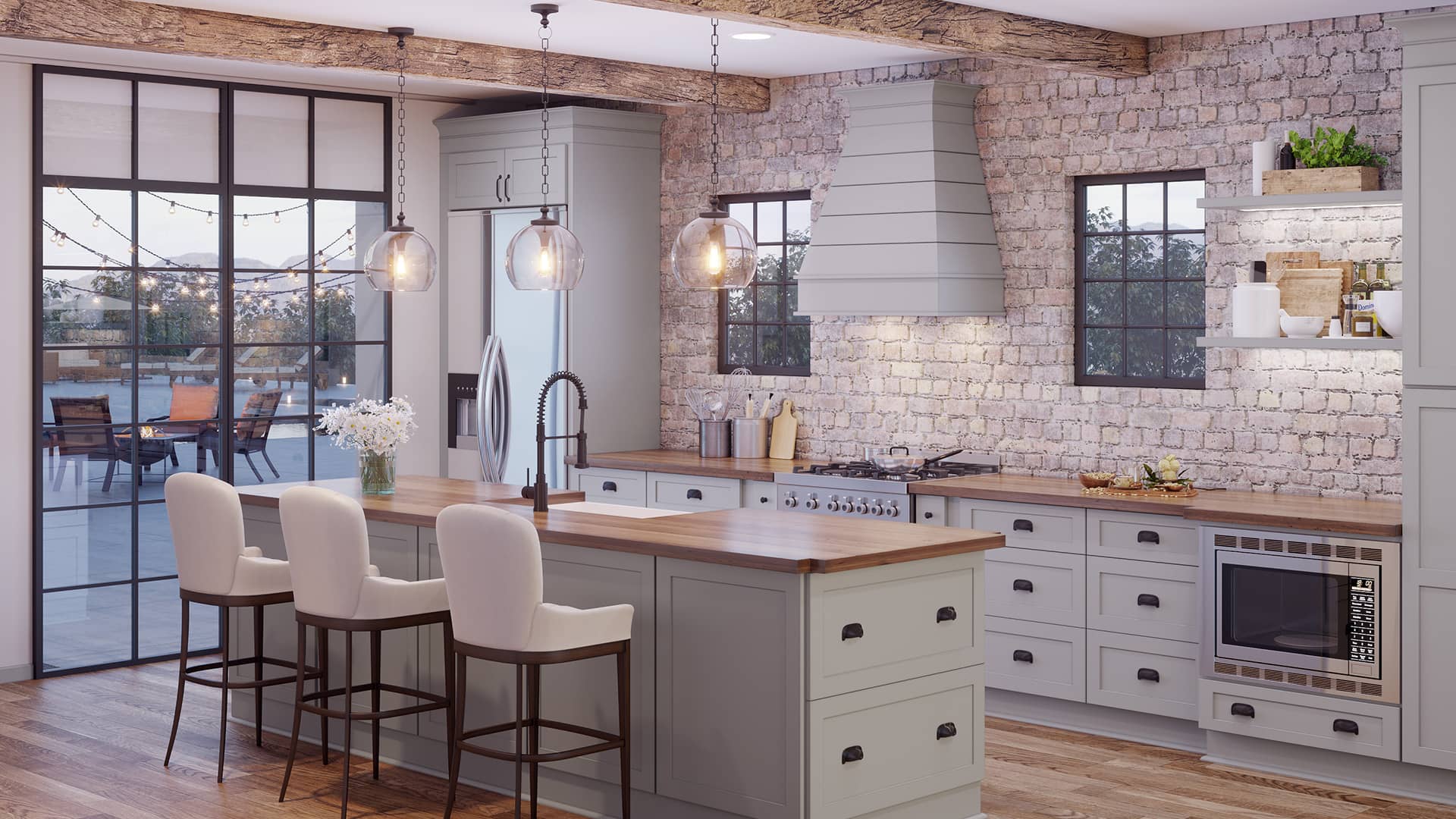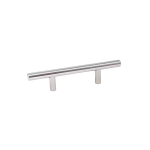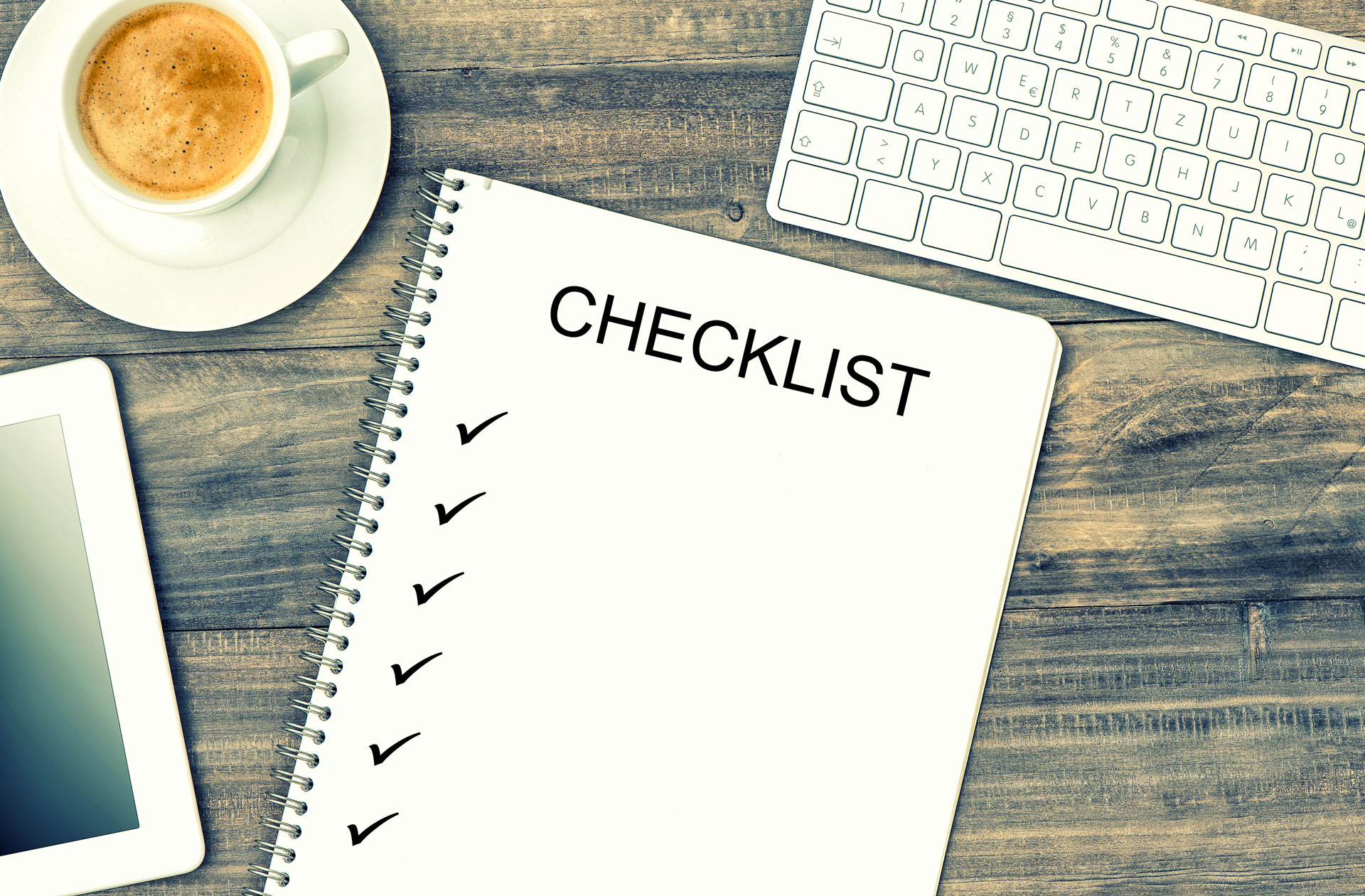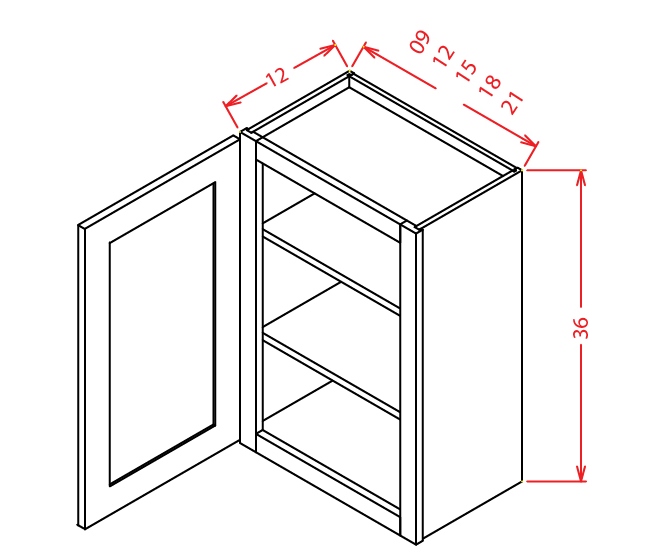
Like every industry, in the real estate industry too the bulk of good deals are closed by an astonishingly small group of realtors, wholesalers, and house flippers. If you’ve sold even a single house, you know that there are multiple steps behind every sale – and that an orchestrated marketing effort is fundamental to selling houses quickly.
Use this checklist to ensure you’re one of those people doing everything you can to sell your listing fast.
1. Really know the Comps in the Neighborhood
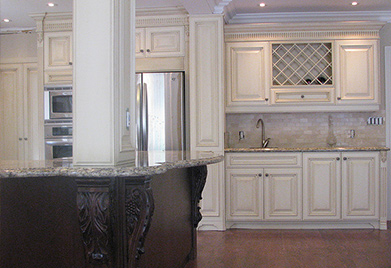
It’s always a good idea to understand the comps in a neighborhood because most buyers today already know what other houses are selling for through their preliminary online research. The technology that is at the disposal of the public makes for savvy buyers and that means you need to be at the top of your game too.
A thorough understanding of the neighborhood can come in handy not just to quote the right price for your listing, but also to help you be ready when the prospective buyer wants to see other listings in the area that you (the realtor) hadn’t put on the list originally.
2. Start with the Right Price

Price your house the lowest in its group on the market, to receive the maximum number of interests. The idea is to not underestimate the value of the listing, but to set off a war of bids once the listing has received enough attention – usually around three weeks after the listing went up. Setting a lower price to attract more showings and bids is better than aiming for the stars and winding up with lowball offers.
3. Upgrade When Necessary

However, when it comes to upgrading the house, be cautious because fancy upgrades don’t do much for the selling price of a house. In fact, according to a Remodelling Magazine report, upgrades to a house increase its value only by 64 percent.
Having said that it’s definitely tougher to sell homes with outdated kitchens or bathrooms. Investments in bringing the kitchen and bathrooms up to speed with present design trends can ensure fast sales. Besides appealing to homebuyers with their fresh look, upgrades also help undecided buyers make up their mind.
4. The Edge of Professional Visuals

Professional-looking pictures and visuals that portray the house in the perfect light can woo buyers. In fact, listings with less than six images (and poor quality ones at that) tend to receive lesser attention than those with more pictures. So, take the time to upload pictures and videos of the property- they can decide the fate of your listing.
Property videos, in particular, are great at engaging the fleeting online attention of buyers for longer. And a professionally recorded video, complete with background music and multiple angles, can grab eyeballs like nothing else. Besides videos of the property, try adding little clips of the neighborhood as well so that the buyer gets a lasting sense of the place they might be moving to.
5. Use the MLS and websites effectively

But a listing on the MLS alone won’t suffice anymore. If you don’t put up your listing on real estate websites like Trulia.com, Zillow.com, Redfin.com or even, Craigslist.com, you are missing out on the immense potential of the web to market your property. The more number of websites you put up listings on, the wider your net for potential buyers because people typically don’t use two or more real estate websites simultaneously.
These websites are often time-sensitive about their listings so the longer your listing is up there, the further down it will go on their recent listings lineup. Avoid that by removing the listing from these websites and reposting it every week to remain among the top listings.
6. Use Every Marketing Tool in Your Kitty

The key to great social media posts lies not just in the pictures, articles or videos that accompany them, but in the actual wording of the posts. It should instantly describe the best selling points of the listing – upgraded, ready to move, luxurious, finished basement and so on. The same holds good for writing listing descriptions. The language used should immediately grab attention by giving buyers insight into what makes this property perfect for them. WIth multiple avenues available online to market your listing, you must narrow down the list based on what sites and forums your ideal buyer frequents. Gaining traction via social media marketing takes time, but once established it can do some serious promotion.
Offline, marketing flyers can expose your listing to people who aren’t part of your social network. It’s important that they too be designed and worded in an attractive way. Promote your listing are by socializing often and talking about it to anyone who will listen – that includes peers as well. Word gets around faster than you think.
7. Stage the Home People Want to Buy

Personal items, full closets and any other signs of personalization prevent buyers from getting a feel for the place. And, don’t forget the exterior of the house – the curb appeal of a house, which can also be professionally staged, often seals deals even before the buyer has walked into the house.
It’s Just Begun
Selling a house is a team effort and only those teams that have professionals onboard can hope to make it. It’s a long and time-consuming process that’s just begun when you find an interested buyer. There are several tasks such as price negotiations, drawing up of contracts, fixing any issues and following up on an immense amount of paperwork before the sale of a house can be wrapped up.


